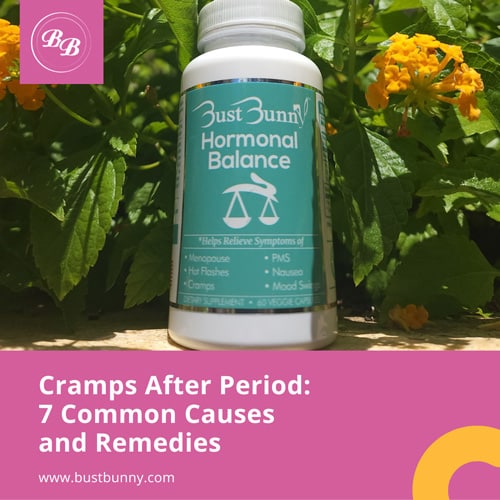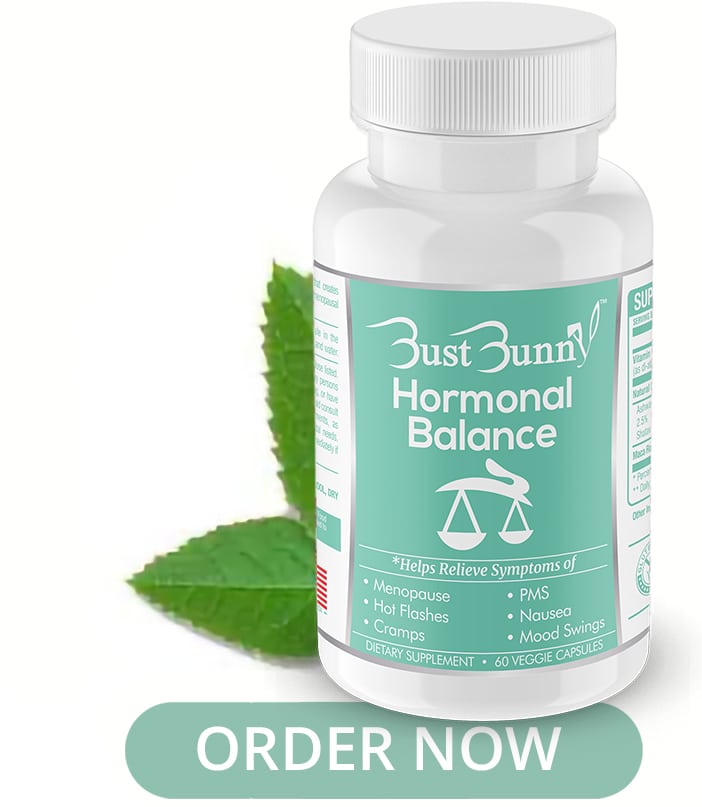Abdominal cramps that occur before or during menstruation are common, but it’s also possible to have cramps after your period.
Cramps that occur just before and during the period are called primary dysmenorrhea. The uterus causes them as it contracts to shed its lining, and they typically last between 48 and 72 hours.
On the other hand, secondary dysmenorrhea describes cramps that are caused by something other than your period. They’re common during adulthood and can happen anytime during the cycle.
Painful cramps after your period can be a sign of hormonal imbalance, along with:
- Bloating
- Depression
- Mood swings
- Trouble sleeping
- Heavy periods
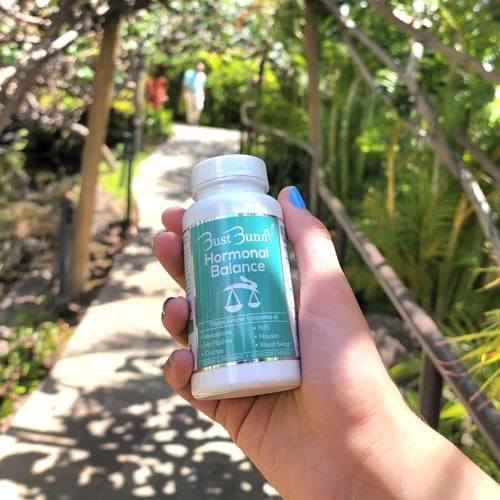
Fortunately, by augmenting your daily diet with supplements such as Hormonal Balance, you take charge of ensuring your hormones are naturally balanced.
You also reap cramp-relieving benefits from Hormonal Balance, thanks to ingredients such as chamomile and ginger root. Studies have shown ginger root can even be used as an alternative to pain medications like ibuprofen.
Aside from turning to supplements made using natural ingredients, you should consider switching to a diet consisting of hormone-balancing foods.
Getting proper nutrition through a clean diet and making healthy living choices like getting sufficient sleep can positively impact your hormone balance.
Here are several reasons you might be experiencing cramps after your period, several symptoms that may accompany them, and the remedies you can try out.
What Causes Cramps After Period?
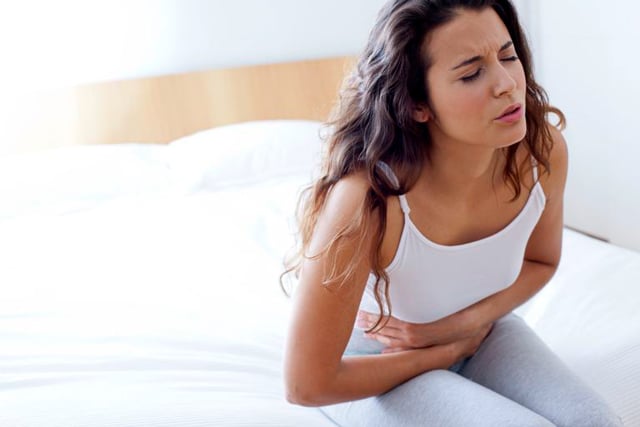
Some of the possible causes of secondary dysmenorrhea include cysts, polyps, or uterine fibroids. However, more serious causes can include adenomyosis, endometriosis, and pelvic inflammatory disease (PID).
1 – Ovarian Cysts
Cysts that form in the ovaries can cause cramping and post-period bleeding.
While most ovarian cysts clear up independently, larger cysts may cause other symptoms such as pain in the lower abdomen or pelvis. These cysts may also make your abdomen and pelvis feel full, heavy, and bloated.
See your doctor if you develop sudden and severe abdominal or pelvic pain. The course of treatment for ovarian cysts is typically medication or an operation.
2 – Endometriosis
Endometriosis is a condition that causes the uterus cell lining to grow outside the uterus. It can cause intensely painful cramping before, during, and after the period.
Additionally, the cramping may be accompanied by pelvic pain and inflammation, as well as other symptoms such as:
- Heavy periods
- Pain during or after sex
- Pain in the lower abdomen or back
- Pain during urination or bowel movements
- Painful ovulation
You should consult your health provider if you have constant abdominal cramps or pelvic pain that worsens during menstruation.
3 – Adenomyosis
Adenomyosis is caused by the abnormal growth of endometrial tissue in the uterus muscles instead of the uterine lining. The result is thicker uterine walls, leading to prolonged cramping and heavy menstrual bleeding.
Other symptoms of adenomyosis include:
- Growth or tenderness in your lower abdomen
- Blood clots during menstruation
- Pain during intercourse
While adenomyosis can be treated with medication, a hysterectomy may be recommended in severe cases.
4 – Cervical Stenosis
The condition where some women have a smaller opening in their cervix is known as cervical stenosis.
This small-sized cervical opening can slow down menstrual flow to cause painful pressure and cramping in the uterus. Fortunately, cervical stenosis can be treated with medication or an operation.
5 – Uterine Fibroids
Uterine fibroids are benign, noncancerous growths that form in the uterus.
Symptoms generally differ based on the size, location, and the number of fibroids, and they may include:
- Painful cramping
- Irregular bleeding
- Difficult or frequent urination
- Pain or pressure in the pelvis
- Heavy or prolonged menstruation
Fibroids can cause infertility in certain cases. They’re treated with medication, medical procedures, or a combination of the two.
6 – Ovulation
As one of your ovaries releases an egg, you may feel a dull, cramp-like sensation on one of your sides. The pain might come on suddenly and feel very sharp. The cramps that happen during ovulation are known as mittelschmerz.
Mittelschmerz can be short-lived, or could last up to two days. Not all women feel their ovulation happening, even though it’s a part of most regular cycles.
7 – Pregnancy
One of the earliest signs of pregnancy can be mild uterine cramping. These cramps occur during implantation, which is when a fertilized egg attaches itself to the endometrium or the uterine lining.
Implantation bleeding may occur as the uterine lining sheds and causes light spotting, usually 7 to 14 days after conception. You may notice this dark red or brown spotting around the time when your next period is due.
If you notice other pregnancy symptoms around this time, such as mood changes, increased urination, and breast heaviness, it’s best you take a pregnancy test.
Which Symptoms Accompany Cramps After Period?
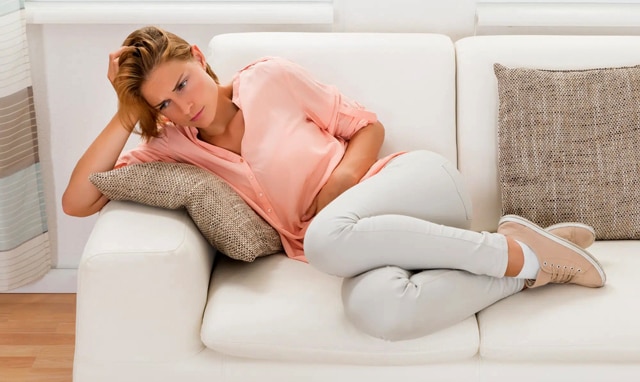
No matter when they start, most uterine cramps will have the same general feel to them.
Some of the symptoms that accompany cramps include:
- Nausea
- Bloating
- Dizziness
- Headaches
- Constipation
When cramping occurs after menstruation, you might feel it in your lower abdomen and lower back. However, it can spread to your hips and thighs as well.
The severity of secondary dysmenorrhea can vary from person to person. However, it may be worse than normal menstrual cramps, which occur during or before your period.
There are a few signs that your dysmenorrhea is secondary and not primary. One of these is that medications like the pill or painkillers aren’t giving you adequate pain relief even after three months of treatment.
Another sign is when you notice cramps after your period occurring in your 20s or 30s, especially if you’ve previously had relatively painless menstrual cycles.
Remember that having persistent pain from cramping that lasts longer than your period could indicate an underlying issue like cervical stenosis, endometriosis, or uterine fibrosis. Also, symptoms of secondary dysmenorrhea can look like other medical issues or conditions.
Therefore, if accompanying symptoms seem abnormal or impact your daily activities and health, your post-period cramps may need to be diagnosed and treated by your health provider.
The table below compares several characteristics of primary and secondary dysmenorrhea.
| Primary Dysmenorrhea | Secondary Dysmenorrhea |
| Typically occurs when a girl starts getting her periods | Usually occurs later in life (from around mid 20s–30s) |
| Occurs right before menstruation starts and eases as the period progresses | Can start earlier in the cycle, continue through the period, and last even beyond it |
| There’s no underlying disorder as pain is the result of natural chemicals called prostaglandins (produced in the uterine lining) | May occur as a result of an underlying issue such as endometriosis, adenomyosis, or uterine fibroids |
| Prognosis typically gradually improves | Prognosis typically gets worse with time |
What Are Some Remedies for Cramps After Period?
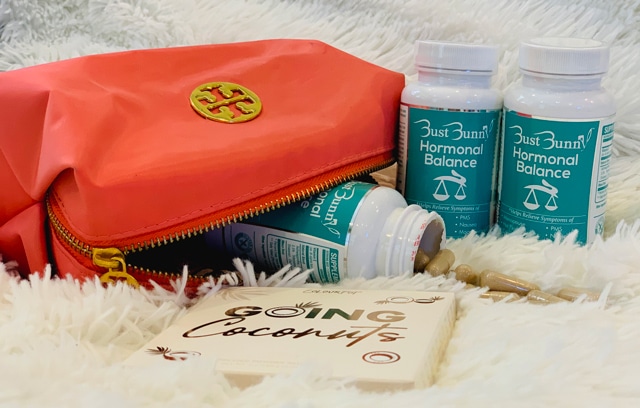
Cramps that come after your period can be treated similarly to those that happen before or during menstruation.
Usually, you can reduce the severity of cramping by adopting a healthy lifestyle. Avoiding caffeine and nicotine products such as coffee, soft drinks, and cigarettes can help reduce cramping. The reason is that these products cause blood vessels to constrict, which decreases blood flow to the uterus. Unfortunately, cramping can be aggravated by this lack of blood flow.
You can also avoid eating fatty foods which increase your body’s prostaglandin production. Prostaglandins are natural compounds found in the body, which have hormone-like effects. They’re responsible for uterine cramping.
Reducing or eliminating salty foods from your diet can reduce your body’s water retention. The more you retain water, the more you’re likely to bloat. Cramping is made worse by bloating.

It might surprise you, but a good night’s sleep can help remedy your cramps. Sleep-deprivation causes stress, which leads to the release of cortisol, the stress hormone. The result is a hormone imbalance, which can amplify cramping.
You may be able to manage cramping by taking painkillers or anti-inflammatories prescribed by your health provider. Doctors might also prescribe medication that reduces muscle spasms or oral contraceptives as they’ve been linked to reduced menstrual pain.
Oral contraceptives suppress ovulation and reduce prostaglandin levels, which minimizes cramping and its intensity.
Other DIY remedies you can try include lightly massaging your abdomen or placing a heating pad or hot water bottle on it.
Massaging your stomach not only helps relieve symptoms of cramping but also bloating, tightness, and pressure.
On the other hand, the heat from a heating pad or hot water bottle relaxes the muscles of your uterus. It reduces the tightening of the blood vessels and improves the blood flow to the uterus, which ultimately helps ease cramping.
You can enhance the effectiveness of these measures by taking dietary supplements that contain herbs that reduce or even stop cramping. For instance, LC, who wishes she’d found Hormonal Balance sooner, now even has more energy during the day:
Wish I’d found this sooner!
I’ve only taken it for two weeks, but it’s already helped so much! My mood is more stable, my insomnia nonexistent, and I have more energy. It has helped with cramps as well!
– LC, USA
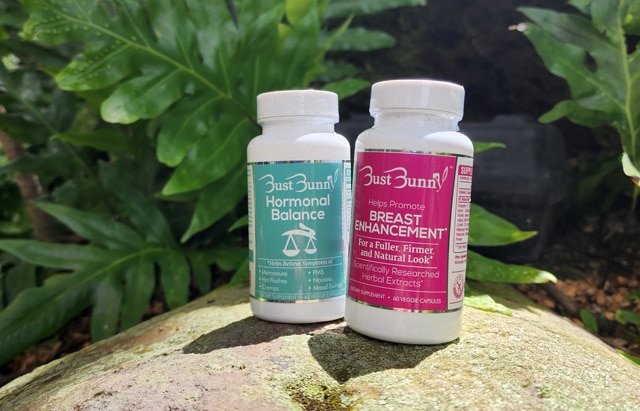
Cramps After Period Don’t Have to Be Crippling
You can turn painful cramps around by maintaining a healthy lifestyle that includes a healthy diet, stress-reducing activities, and a healthy dose of exercise.
You might also find it helpful to try the natural, safe, and scientifically-tested Hormonal Balance. This all-natural supplement, made locally in the United States in an FDA-compliant facility, is designed to relieve symptoms such as cramps.
Hormonal Balance also provides relief for PMS, nausea, hot flashes, and moodiness, among other hormone balance issues, as Courtney discovered:
Helps with perimenopause
I’ve had improved sleep, less severe mood swings, and less cramping. I’ve also had less water retention, which is great! Overall a good product, and I would recommend it.
– Courtney, USA
Remember, cramps that come after your period can sometimes indicate an underlying condition or pregnancy. Therefore, it’s important to note when and how they appear in case you need to see a doctor for diagnosis and treatment.
Share on Facebook:
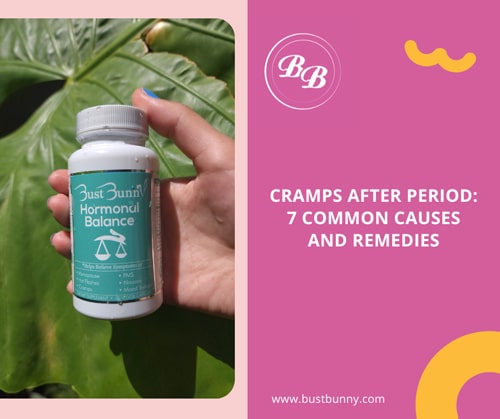
Share on Instagram:
